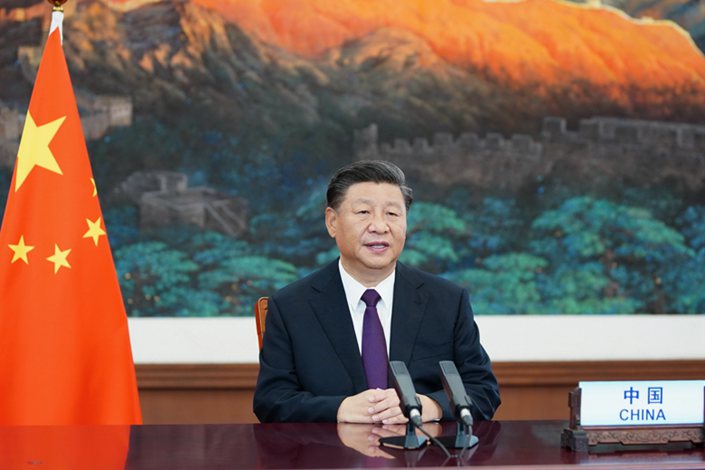China’s Pledge For Carbon Neutrality
The COVID-19 pandemic has engulfed the world over the past six months to the point where mask-wearing is now a societal norm for most Americans. For citizens of Beijing, however, there is no rush to buy masks, no complaining about foggy glasses, and no fumbling around trying to keep the strings behind their ears. In fact, Beijing citizens have lived with masks for the past seven years. The reason? Breathing is dangerous in Beijing.
For the past few decades, China has undergone rapid economic growth, which can be partially attributed to fast productivity growth. However, to achieve this productivity, companies’ factories must burn fossil fuels and consequently release noxious fumes into the air. Thus, while China is economically successful, it is suffering severely in the environmental field.
People began to notice the disastrous environmental effects during the 2008 Summer Olympics, and the conditions escalated to the point where breathing the air in China’s urban cities for one day had the same effect as smoking up to 40 cigarettes in a day. The problematic situation propelled President Xi Jinping to act and, to the best of his ability, resolve the crisis. However, China had a difficult time decreasing its greenhouse gas emissions without crashing its economy.
Less than a year earlier, COVID-19 originated in China and spread rapidly in and outside of its borders. Consequently, China and other countries had to shut down their economies, businesses, and activities to protect their citizens from catching the virus. In this period of time, China experienced record low smog due to the shutdown of all factories and lesser number of cars on the streets. Even Beijing briefly saw clear blue skies.
According to projections of China’s emissions, scientists expect the amount of carbon dioxide (CO2) in the year 2030 to decrease by 0.2-1.2 gigatonnes (Gt) or 1%-9% from the previous 13.7-14.7 Gt. The amount of nitrogen dioxide (NO2) in February 2020 was, astoundingly, 30% less than 2019. Keep in mind, President Xi Jinping aims to make 2030 the peak level of carbon emission, making the 1%-9% decrease from COVID-19 a significant step toward carbon neutrality.
As the world still works to recover from the pandemic, many countries worry about China revamping its economy and consequently, the polluting industries. However, China has started enforcing policies aiming to attack carbon emission such as supporting electric cars or omitting taxes on renewable energy sources, and using the recovery and reopening of the economy to address significant issues of fossil fuels and harmful emissions.
The Plan:
2030 must see a downward shift in total carbon emissions. It has taken 20 years for an already large production of carbon emissions to reach its peak. Cutting the amount of carbon emissions to 0 by 2060 will require drastic measures, including the absolute abandonment of coal, China’s leading import.
China’s government must also reform electricity usage, so renewable resources fill the chasm left behind from fossil fuels. China will follow a five year plan of environmental goals, from 2021-2025.
Given the events so far, the pandemic is a leading cause in President Xi’s plan for carbon net neutrality by 2060. It is up to China and China alone to solve its inner battle against climate change.



